Why I started this project
In houses across the world, every minute of every day energy is wasted. When you walk out of a room with your hands full, unable to switch the light off even after trying to press the switch with your nose. Walking into a freezing cold house and turning the heating up to full, heating every room in the house when you are in the living room.
We all leave lights on, leave chargers plugged in and heat the whole house even when you try your best to switch everything off and unplug everything something is always missed or forgotten. This is a problem that needs a solution...
One solution is systems such as Control4, Crestron and Lutron, however this can cost many thousands of pounds or dollars, not to mention the disruption to your house and channelling many electrical and network cables through the walls. Even then most of these systems just offer remote control of your devices through a smart phone or wall panel. So we need a solution that is automated and affordable to everyone.
I am looking to create simple sensors that anyone that can follow simple instructions would be able to assemble. I will also be producing ready made sensors for anyone that does not want or have the time to assemble and program. Each one of these sensors will use radio frequency transmission to communicate to other sensors and controllers and back to the main controller.
Up to this point we are only gathering information from the sensors and sending commands to devices like pressing a button on a remote control. The real beauty of home automation is when you don't have to press a button on a remote control, when you walk in to the house and the room you are going into is already at a comfortable temperature. Lighting that knows where you are going and how you like each room lit at different times of the day.
I would like to introduce "footsteps", this is the software that monitors you, without you even noticing, it knows to switch the heating on if the temperature is below a certain level half an hour before you come home from work so that it is comfortable when you walk in the door. It knows that 99.34% of the time you turn right out of the living room door you are heading to the kitchen. The TV in the kitchen and audio system will switch to the same program you were watching. In short it predicts what you are doing around the house and controls the heat, light and power usage for you. When a room or the house is vacated it shuts down the rooms saving energy and money without you having to even think about it.
What I will be doing
In this project I will be creating a range of arduino based sensors and controllers that will communicate using NRF24L01 transceivers. The sensors and controllers will communicate using a mesh network so that if one sensor fails, the others will be able to find a different route to the server.
Currently the server is openRemote on a PC, however I will be changing over to openHAB and moving it to a raspberry pi to save on power usage. I currently have a Current Cost device sending data to Xively (formally Pachube) this then sends the data to openRemote which I can view on my phone.
The sensors will be cheap to build and only use a small amount of power with the possibility of running from solar power or batteries. The information from the sensors will form an automated home that can save energy by switching off rooms that are not in use and let your technology follow you around the house.
The RF sensors I am building will be based on the arduino nano and could include the following sensors:
- Temperature and Humidity
- Light level
- Noise sensor
- PIR sensor
With external connections for other sensors such as:
- Door/Window contact
- Soil moisture
- Smoke and gas sensors
- Water leak sensors
The first versions will just be wired together and held in place with sticky tape but I am working towards building a printed circuit board where devices and sensors can simply be plugged in.
By importing products using Ali express and eBay I have kept...
Read more »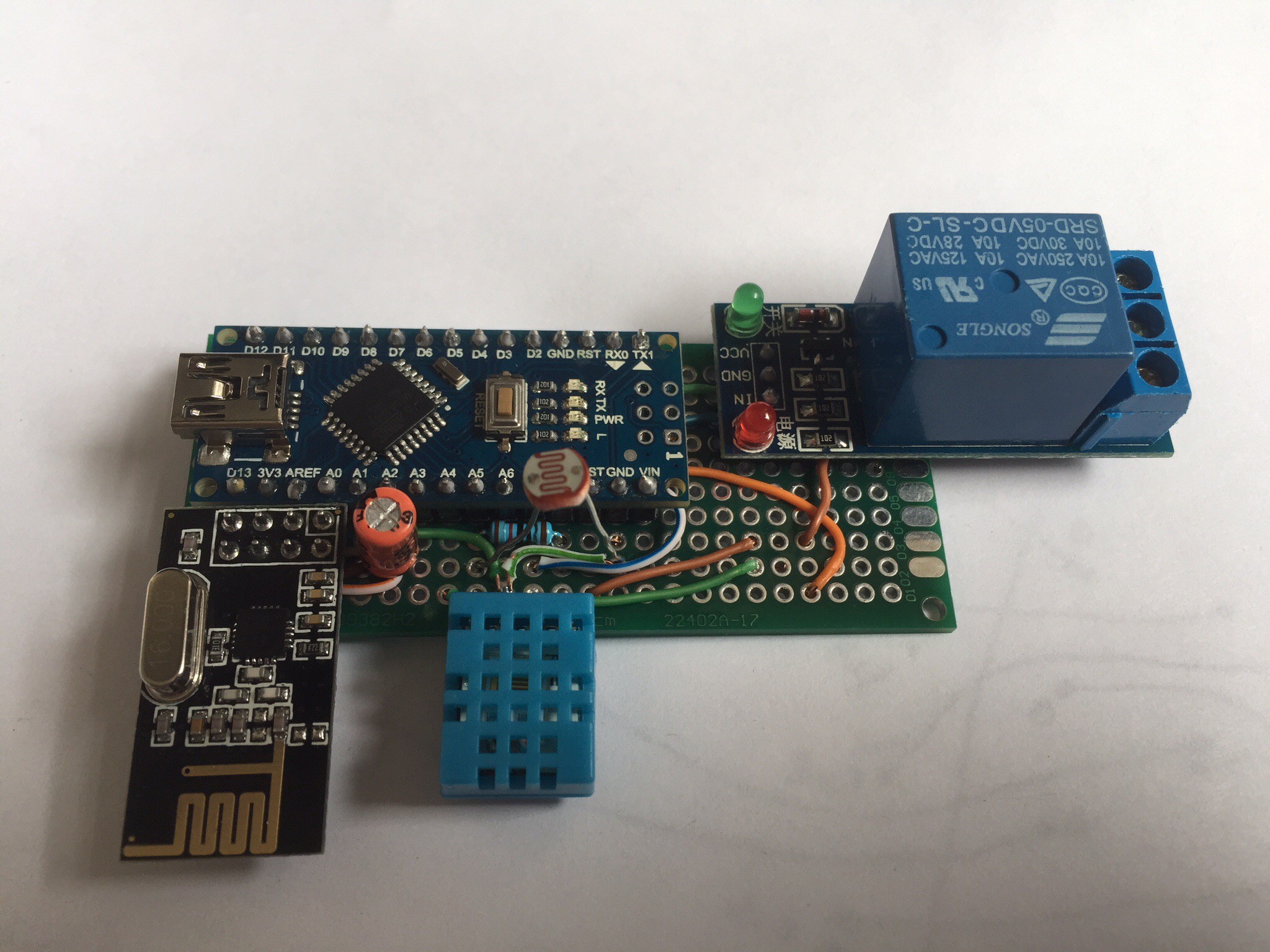
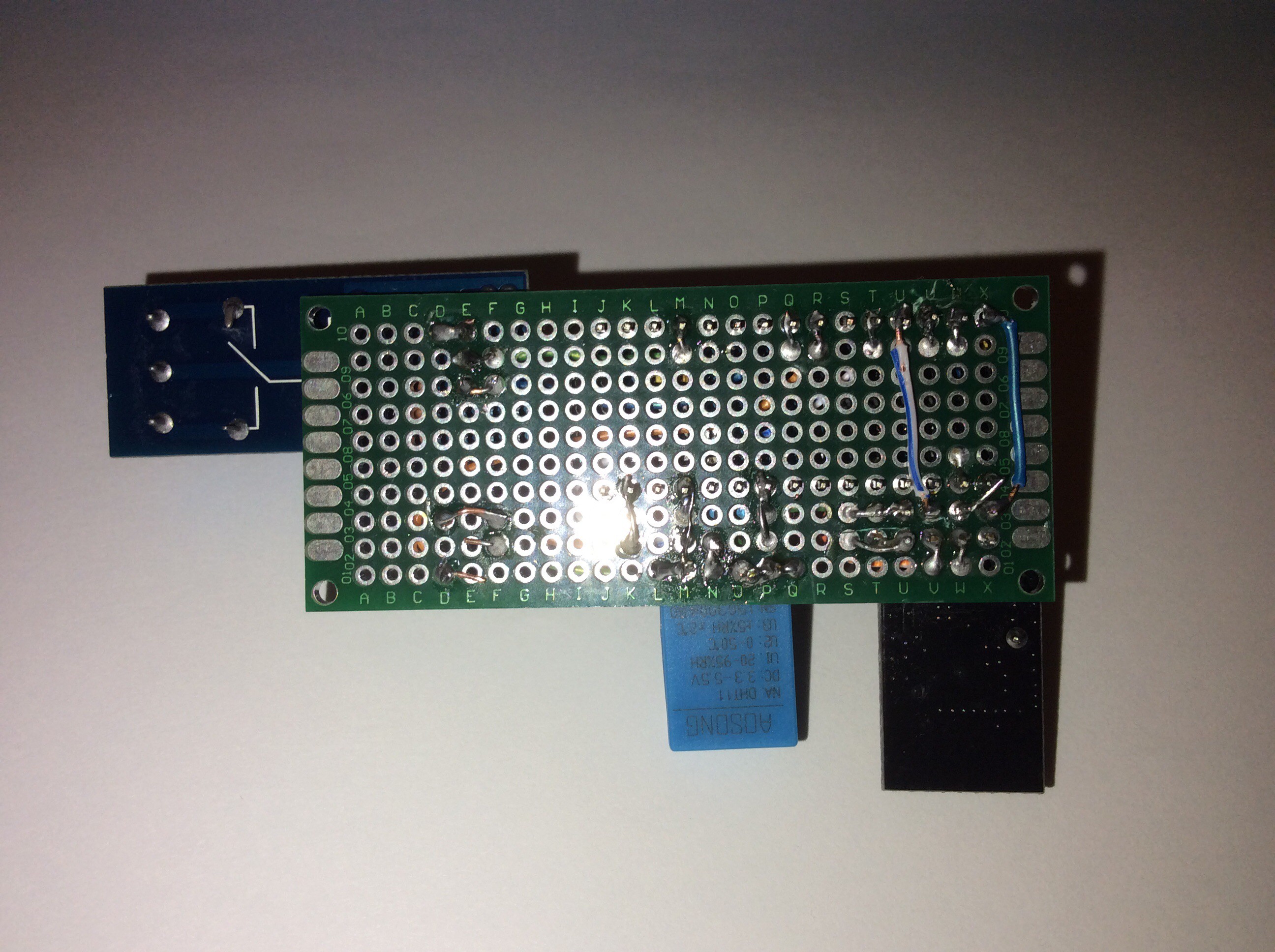
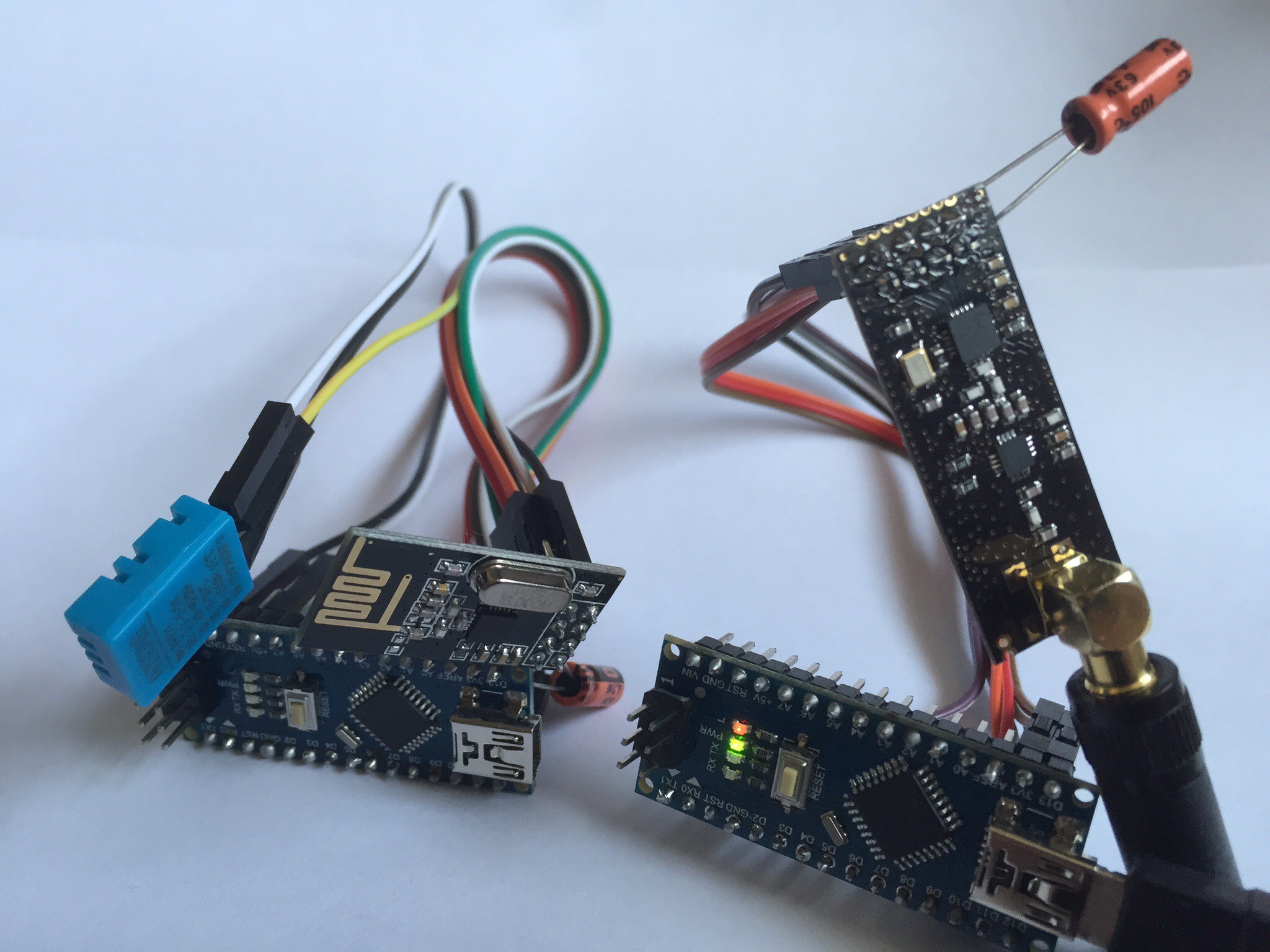
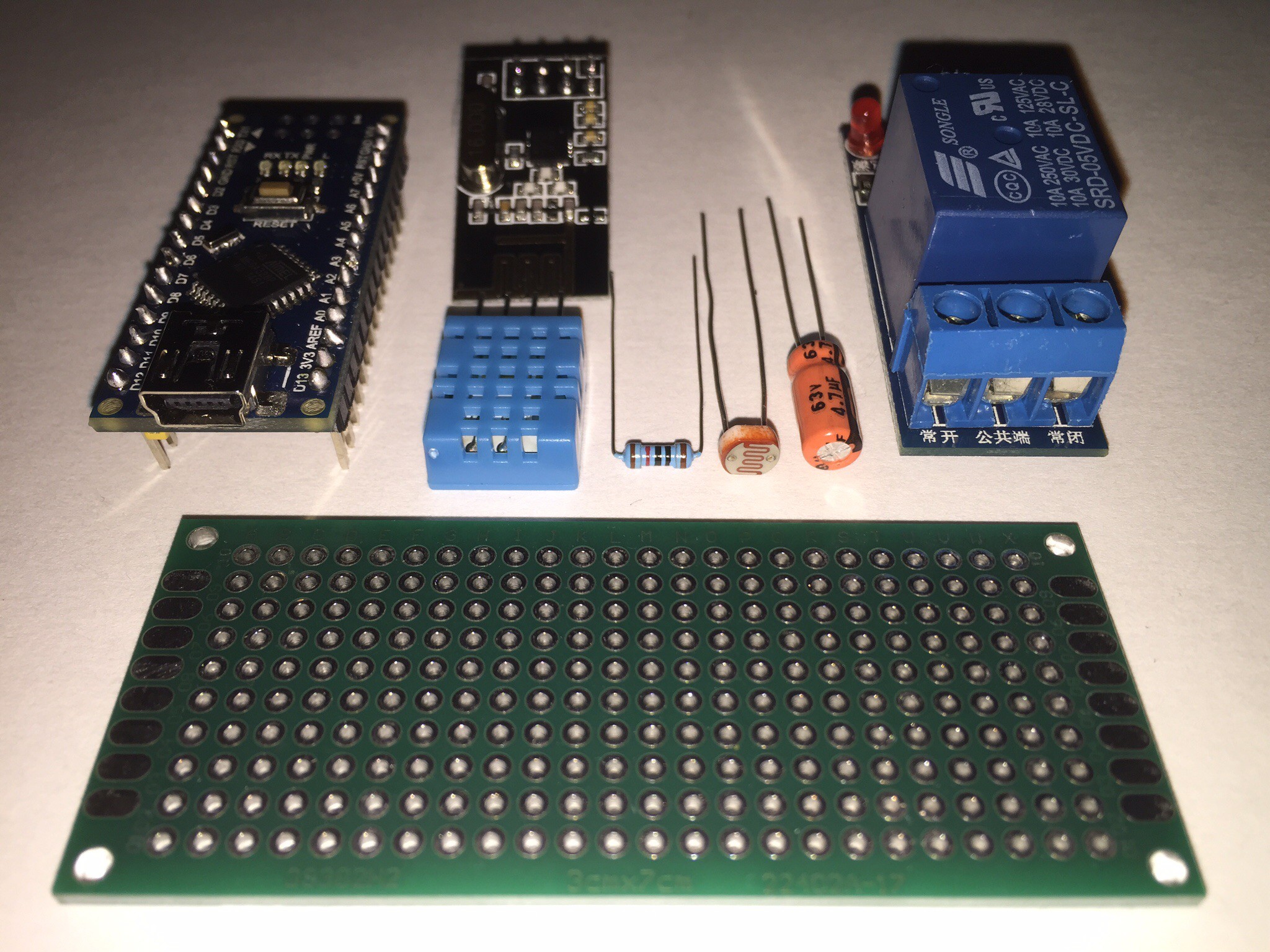
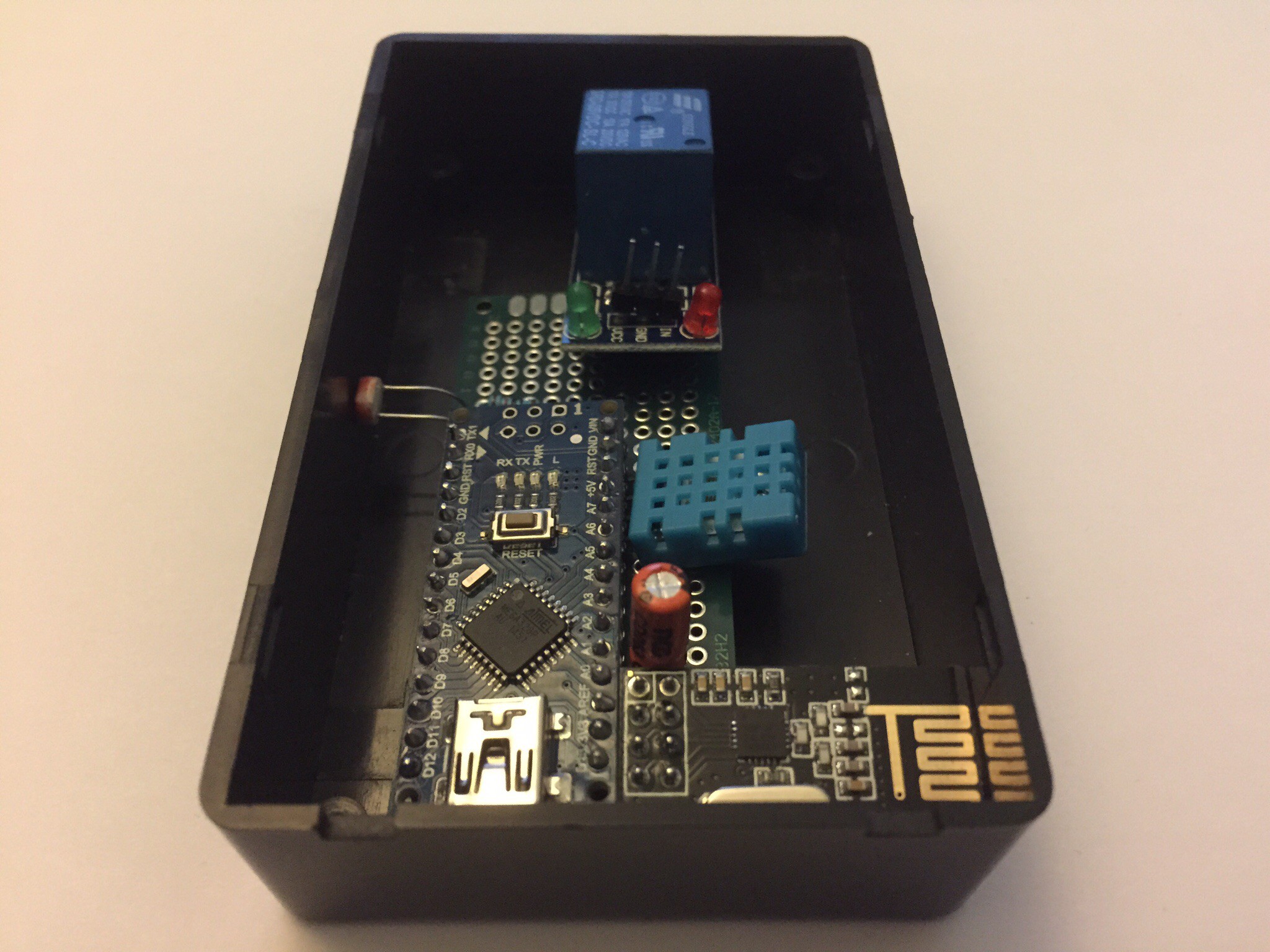
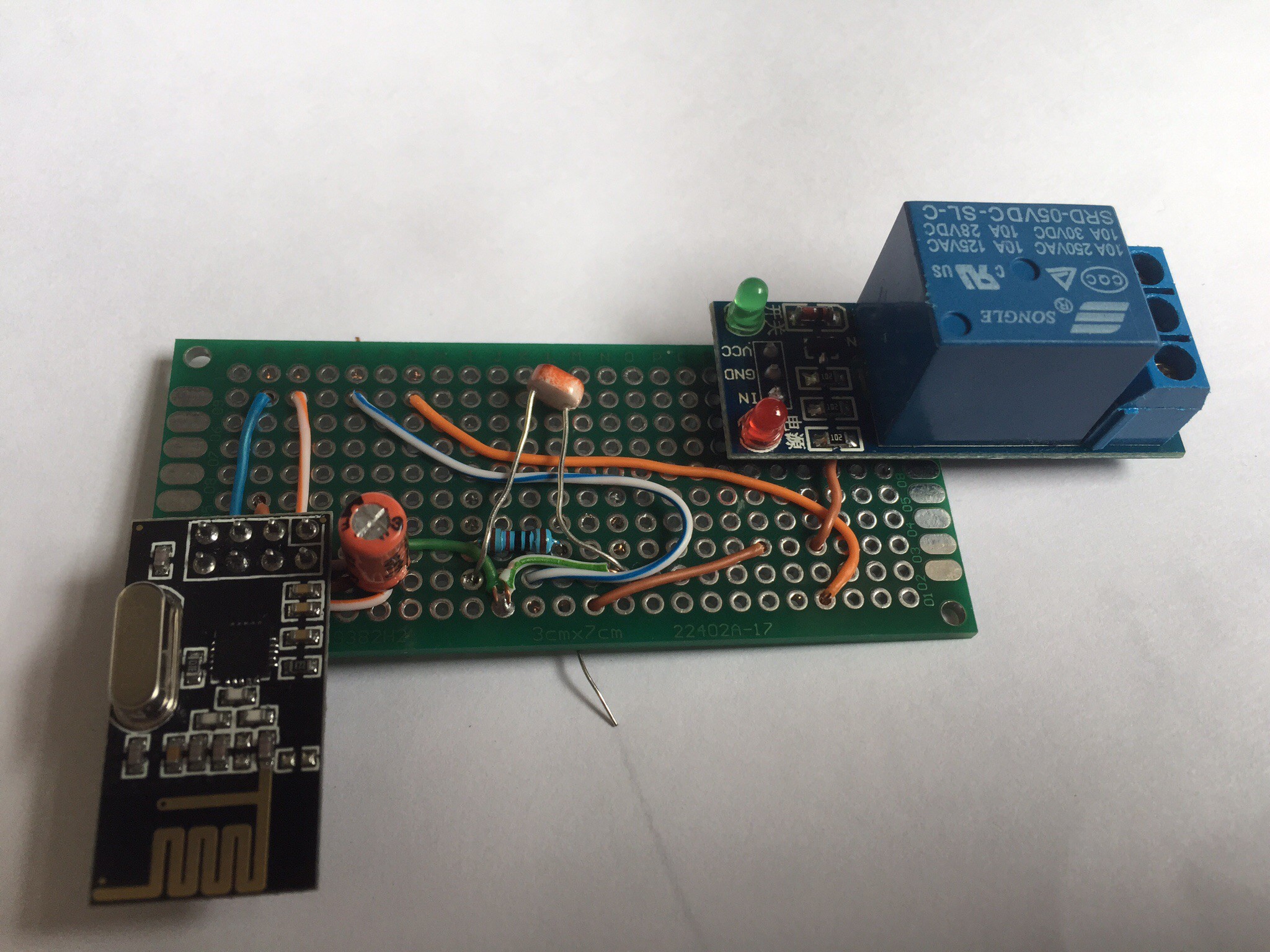


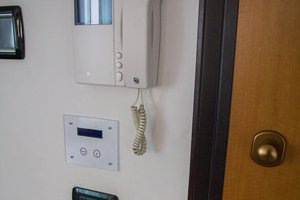

 Emach00
Emach00
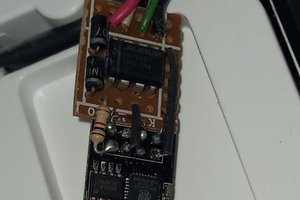
 Román
Román
Hi, the idea of this project is nice and we could join effort to make it easier. In my project #Home Smart Mesh I focus on the custom RF protocol and the time series database that collects all your data from OpenHAB, MQTT,... in one place with one dashboard (Graphana). The mesh network I implemented is not limited to one HW, I currently have STM8L, STM32 with nRF24 and even nRF51 beacons all talking the same mesh protocol. Maybe you could join your arduino as well ?